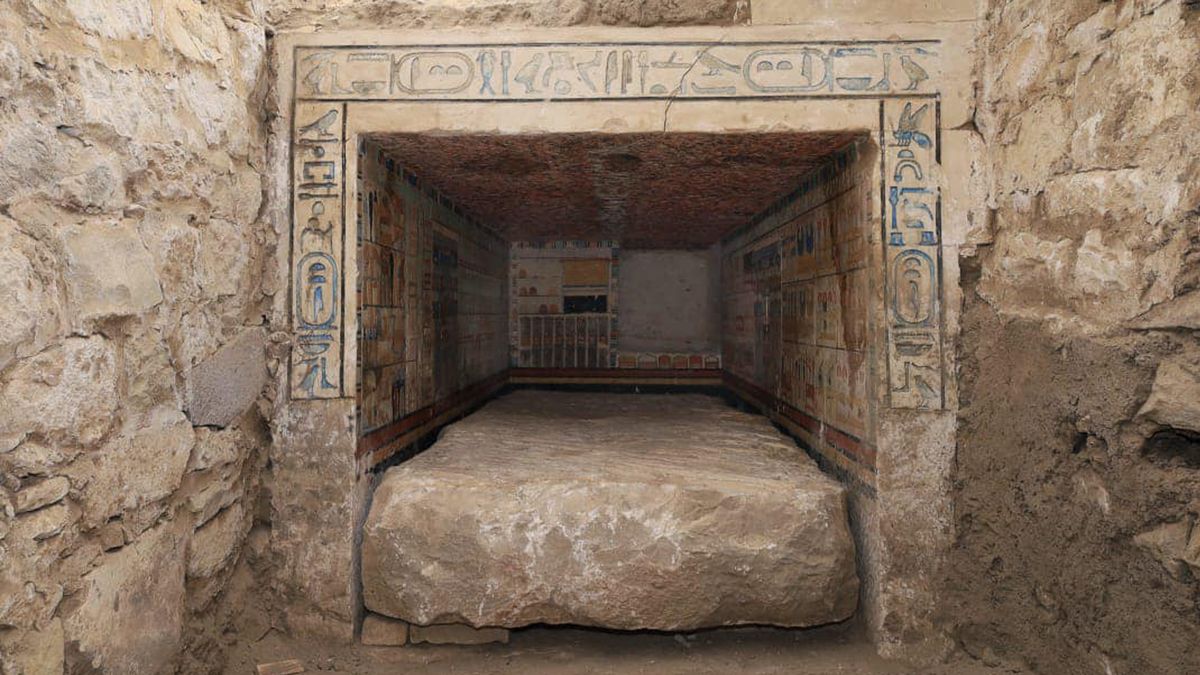
Astronomers have uncovered fascinating details about a rare binary star system called HD 49798/RX J0648.0–4418, located 1,700 light-years away in the southern sky.
Recent research reveals that this system hosts a massive, fast-spinning white dwarf—a type of dead star that provides a unique glimpse into the mysteries of stellar evolution.
HD 49798 is a bright blue star known as a hot subdwarf, classified as spectral type O (sdO).
It’s the most luminous subdwarf of its kind, shining with 4,400 times the brightness of our sun and boasting an incredibly high surface temperature of 47,500 K. Observations of this star over the decades revealed unusual variations in its movement, suggesting the presence of a companion star.
However, the true nature of this companion remained a mystery—until now.
Italian astronomer Sandro Mereghetti recently analyzed data from the binary system, finding strong evidence that the companion is a massive white dwarf.
This discovery was detailed in a paper published on December 24 on the arXiv preprint server.
The white dwarf in HD 49798/RX J0648.0–4418 is extraordinary. It has a mass of 1.22 times that of our sun and spins incredibly fast, completing one rotation every 13.2 seconds.
Such a rapid spin makes it one of the fastest-spinning white dwarfs ever observed. The white dwarf emits pulsed X-rays, powered by material it pulls in from the stellar wind of its subdwarf companion.
While earlier studies hinted that the companion might be a neutron star, Mereghetti’s analysis shows that the X-ray emissions, spin period, and other characteristics strongly support the white dwarf scenario. The system’s orbital period—how long it takes the two stars to circle each other—is approximately 1.55 days.
What makes this system even more special is that it’s the only known example of a binary powered by a hot subdwarf donating material to a white dwarf.
The combination of the white dwarf’s large mass, rapid spin, and the peculiar chemical makeup of the subdwarf makes HD 49798/RX J0648.0–4418 truly unique.
Astronomers believe this system offers valuable insights into the life cycles of stars and the evolution of white dwarfs and subdwarfs. By studying it further, researchers hope to better understand these rare stars and the extreme environments they create.
Source: KSR.









Leave a Comment